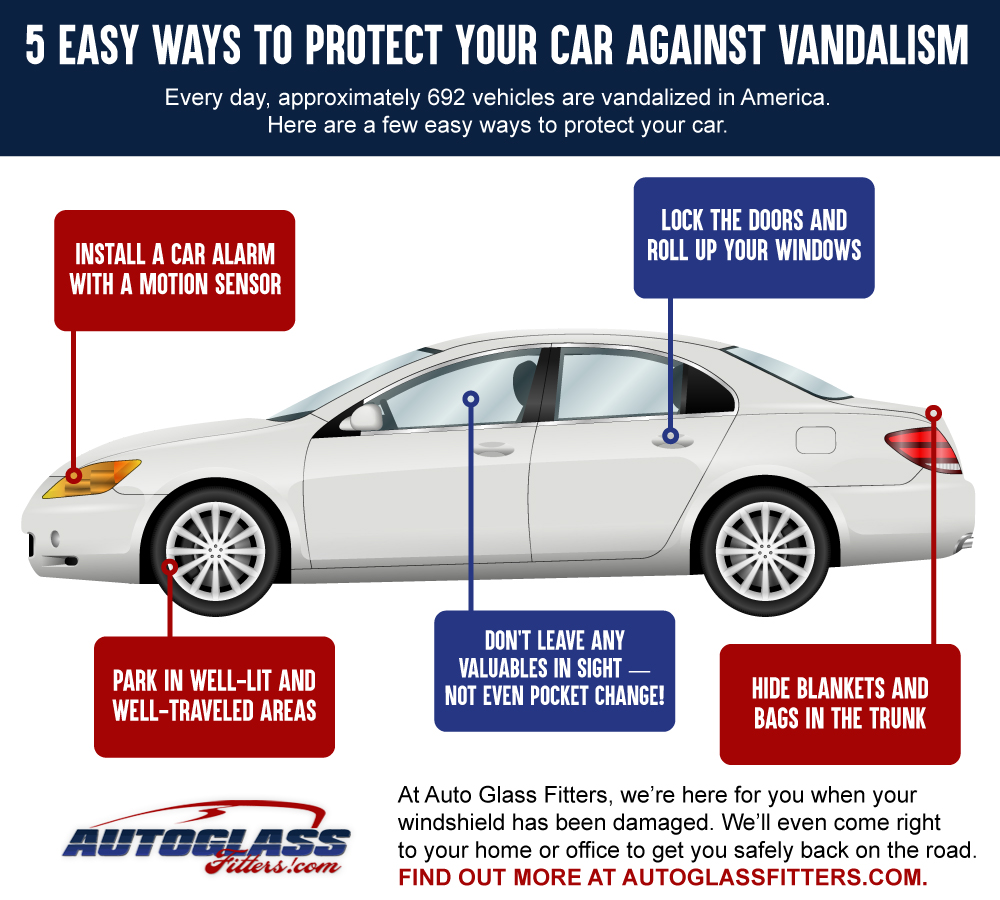Master The Essential Stress Washing Techniques Matched For Different Surface Area Kinds To Recognize Excellent Outcomes-- Check Out The Methods That Lead To An Impeccable Surface
Master The Essential Stress Washing Techniques Matched For Different Surface Area Kinds To Recognize Excellent Outcomes-- Check Out The Methods That Lead To An Impeccable Surface
Blog Article
Posted By-Bryant Bock
When it involves press cleaning, the strategy you select can make all the distinction in accomplishing a tidy, streak-free coating. You could locate that hard surface areas, like concrete, call for a different strategy than softer materials, such as timber or plastic. It's necessary to adapt your approaches to the surface area kind to avoid damage while making best use of cleaning performance. So, what are the most effective strategies for each and every surface area, and exactly how can you ensure you're utilizing the ideal settings and tools for the work? Let's explore what you need to recognize to obtain the most effective results.
Tough Surface areas
When it pertains to pressure cleaning tough surface areas, prep work is vital. Before you even think of pulling out the pressure washing machine, put in the time to get rid of the location of any kind of particles, furnishings, or challenges. You do not want anything getting in your way or potentially destructive your tools.
Next off, check the surface area for any splits or damage; this will certainly help you identify the ideal method and pressure settings.
As soon as you have actually prepared the location, it's essential to select the best nozzle. For tough surfaces like concrete or block, a narrow nozzle (15 or 25 degrees) works best to give a focused stream of water that can properly eliminate gunk and discolorations. Constantly start at a distance and progressively move closer to avoid any kind of surface area damage.
As you begin cleaning, maintain the wand moving to avoid touches and over-saturation. It's additionally helpful to work from the top down, permitting dust and particles to wash away normally.
Ultimately, remember to wash the surface area completely after cleansing to eliminate any type of leftover detergent. With these methods, you'll attain a clean and renewed appearance on all your difficult surfaces.
Soft Surfaces
Stress cleaning soft surface areas calls for a gentler strategy to secure them from damage. Whether you're cleaning your deck, outdoor patio furniture, or siding, making use of way too much pressure can cause damages, scratches, and even irreparable damage.
Beginning by picking a low-pressure nozzle, preferably a 25-degree or broader spray pattern, to spread the water more delicately.
Before you begin, it's vital to pre-treat any kind of stains with a suitable cleansing remedy. This step allows the cleaner to pass through the dust and grime, making it easier to wash away without rubbing as well hard.
Always use the remedy from all-time low approximately protect against streaking.
When you start stress cleaning, keep a range of at the very least 12 to 18 inches from the surface. Relocate your wand in a sweeping movement, maintaining it parallel to the surface area to avoid concentrated stress on one place.
Rinse the area extensively after cleaning up to eliminate any type of recurring cleaner.
Finally, evaluate windows cleaning service for any type of missed out on places and repeat the procedure if required. By adhering to these actions, you can efficiently tidy soft surfaces while protecting their integrity and appearance.
Specialized Surfaces
Cleansing soft surfaces requires care, yet specialized surfaces require even more interest to detail. When you take on these surface areas, like fragile wood, discolored concrete, or particular kinds of home siding, making use of the appropriate pressure cleaning techniques is essential to avoid damage.
Initially, evaluate the product. For example, treated timber can typically withstand modest pressure, but softer woods like cedar might need a reduced setting. Always start with the most affordable pressure and progressively increase if required.
For stained concrete, utilize a follower spray nozzle and maintain a consistent distance to avoid engraving the surface.
When dealing with surfaces like plastic siding or repainted surface areas, a vast spray pattern aids disperse the pressure equally, protecting the surface.
It's also smart to utilize cleaning agents especially made for specialty surface areas. They can improve cleaning without jeopardizing the material.
Rinse extensively after cleaning to get rid of any kind of deposit, as it can bring about staining or degeneration with time.
https://www.forbes.com/home-improvement/gutter/gutters-and-gutter-guards/
To conclude, understanding pressure cleaning techniques for different surfaces can make all the distinction in your cleansing results. For tough surfaces, adhere to slim nozzles and a top-to-bottom method, while soft surface areas need a gentler touch with larger nozzles. Don't forget to pre-treat discolorations and rinse thoroughly to avoid residue. By adjusting your approaches to every product, you'll not just achieve a cleaner coating yet likewise protect the stability of your surfaces. Satisfied cleaning!
